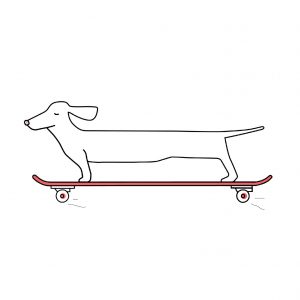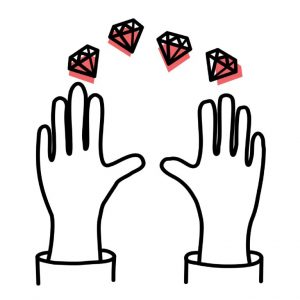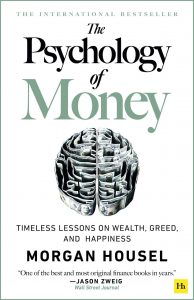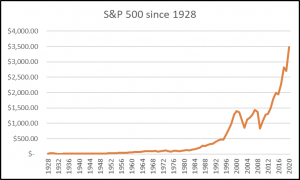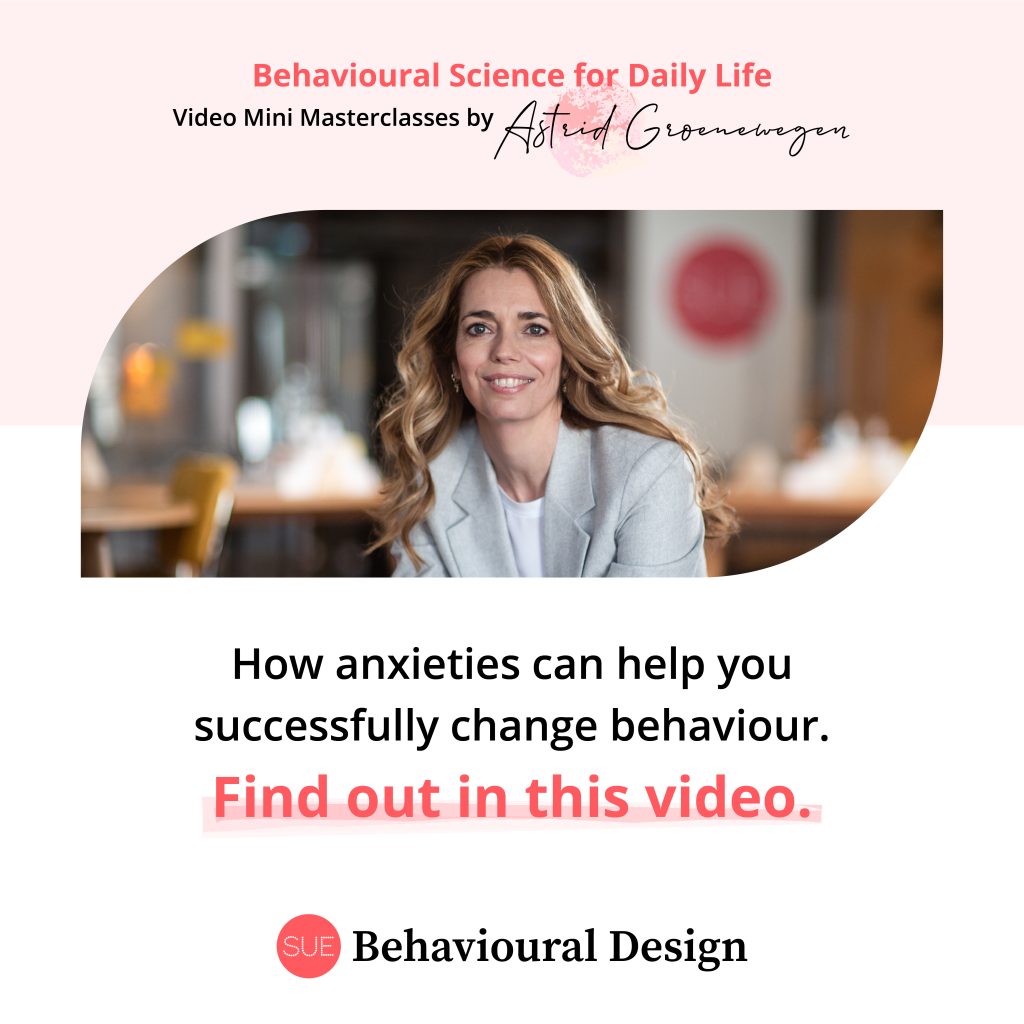
In this week’s video, Astrid Groenewegen explains how we often forget a crucial factor when we want to change behaviour: anxieties. Instead of focusing on the positive elements of desired behaviour, you should look at what prevents someone from showing the desired behaviour.
Anxieties
When developing interventions, it’s essential that you don’t forget about anxieties.
“Anxieties: Everything that drives people away from the desired behaviour”
Only when you know why people don’t display the desired behaviour can you make interventions to remove these barriers.
Many companies focus too much on positive points. Take for examples gyms. They want more people who are not yet exercising to come to their gym to get fit. To achieve this, you will see many messages such as ‘you can run a 10K soon’ and ‘get a six pack’. But when people have too many fears about going to the gym, these rewards won’t win them over.
Instead, it would help if you get rid of people’s anxieties. Do you have clients who are intimidated by other muscular people at the gym? Remove the mirrors in some areas. Do you have customers who still find it too scary to independently step on the oblique machines? Changed the name to a six-pack wonder. Or start beginner classes so they don’t have to worry about not being good enough.
Anxieties are often forgotten but are always present. So focus on what’s stopping someone from engaging in the behaviour and remove those barriers first.

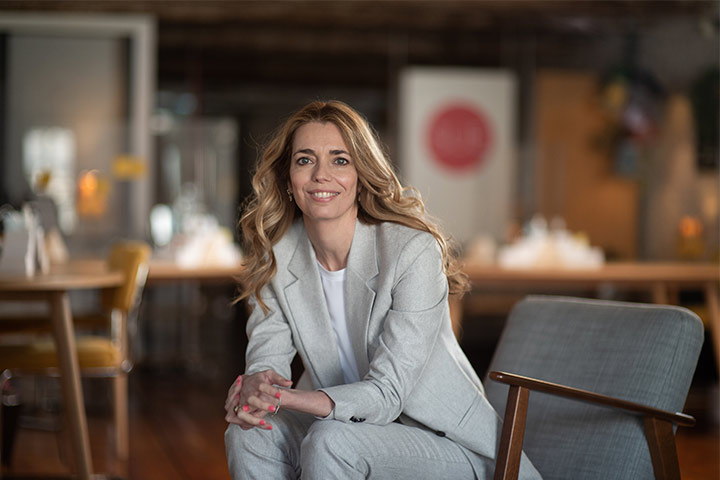
Watch more on YouTube
Check out the whole series on YouTube. If you like the videos, it would mean a great deal to me if you could give them a thumbs up or subscribe to my channel.
Or check out the most popular videos here
Or book a training
Learn how to influence minds and shape behaviour.
Join our most popular training the Behavioural Design Fundamentals Course. You will learn the latest insights from behavioural science and you'll master an easy-to-use method to help apply behavioural science in practice right away!
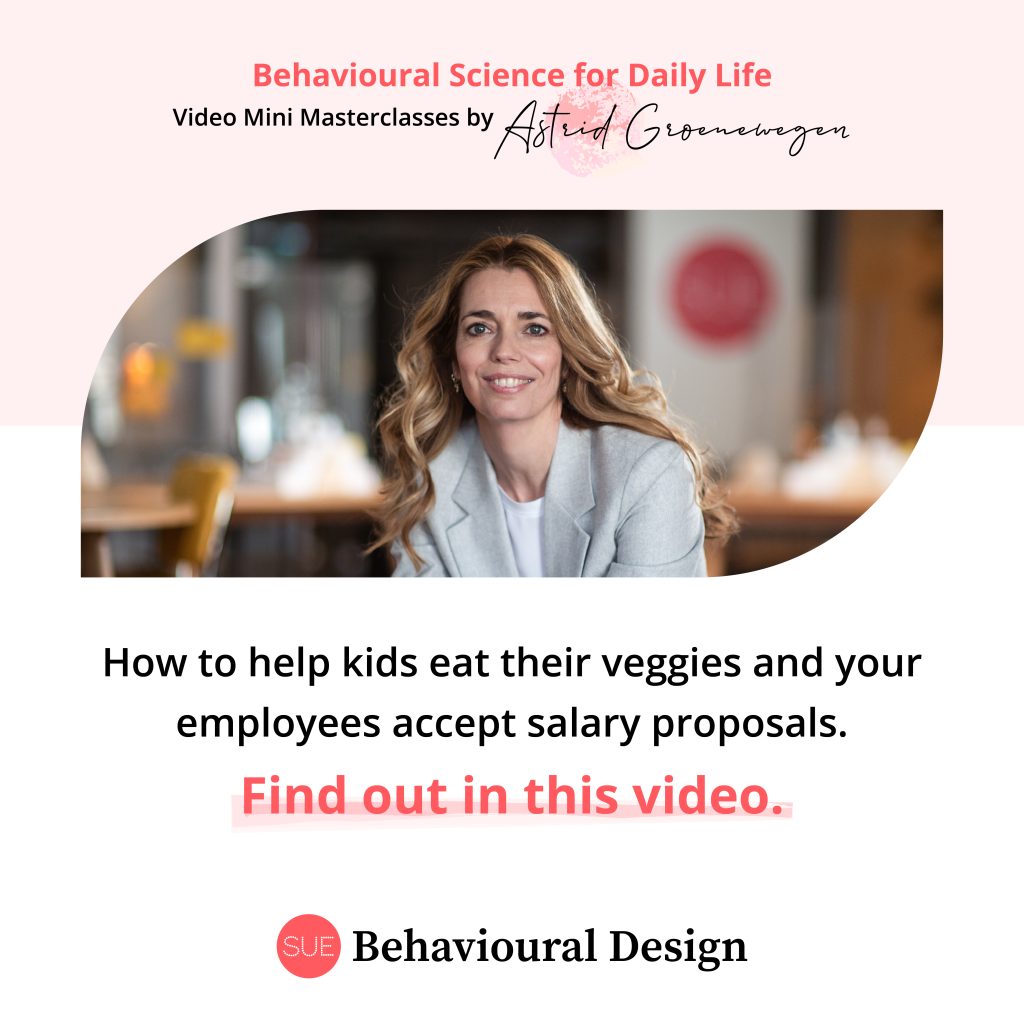
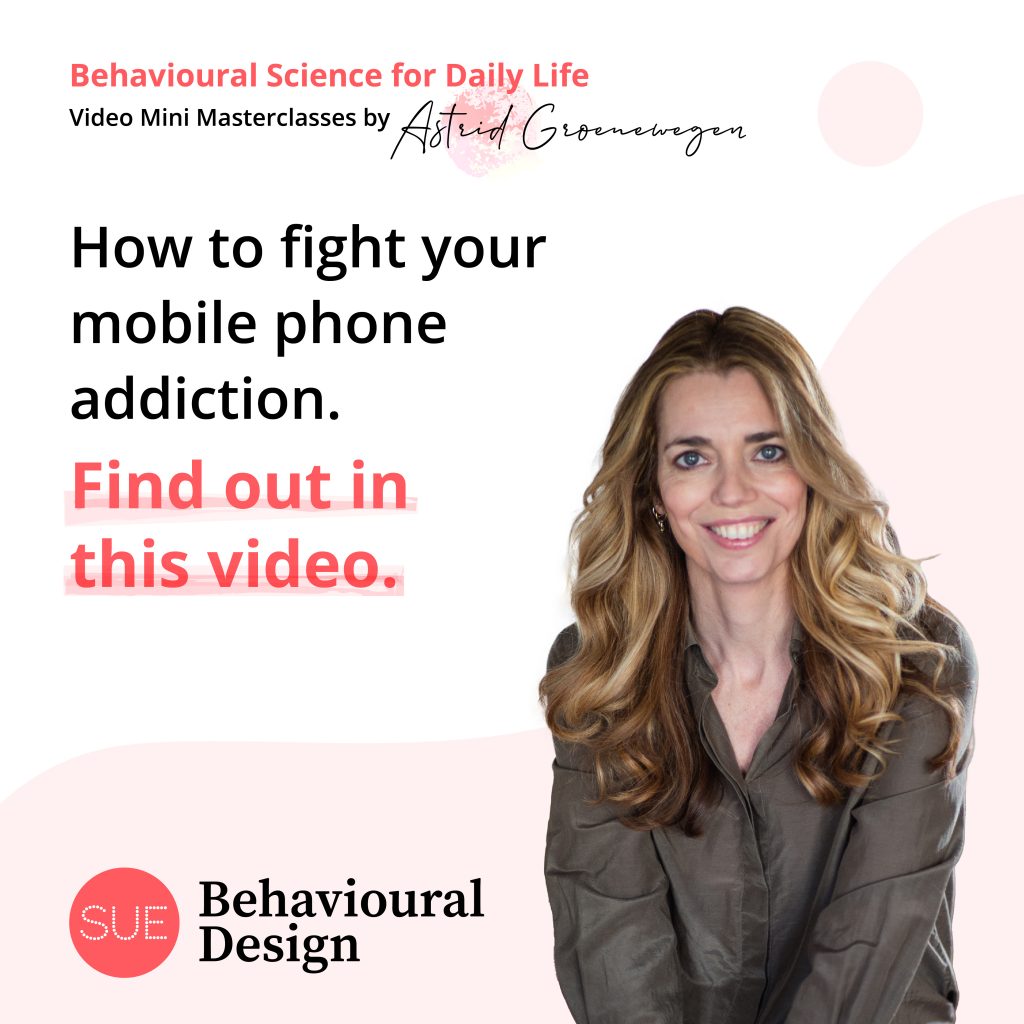
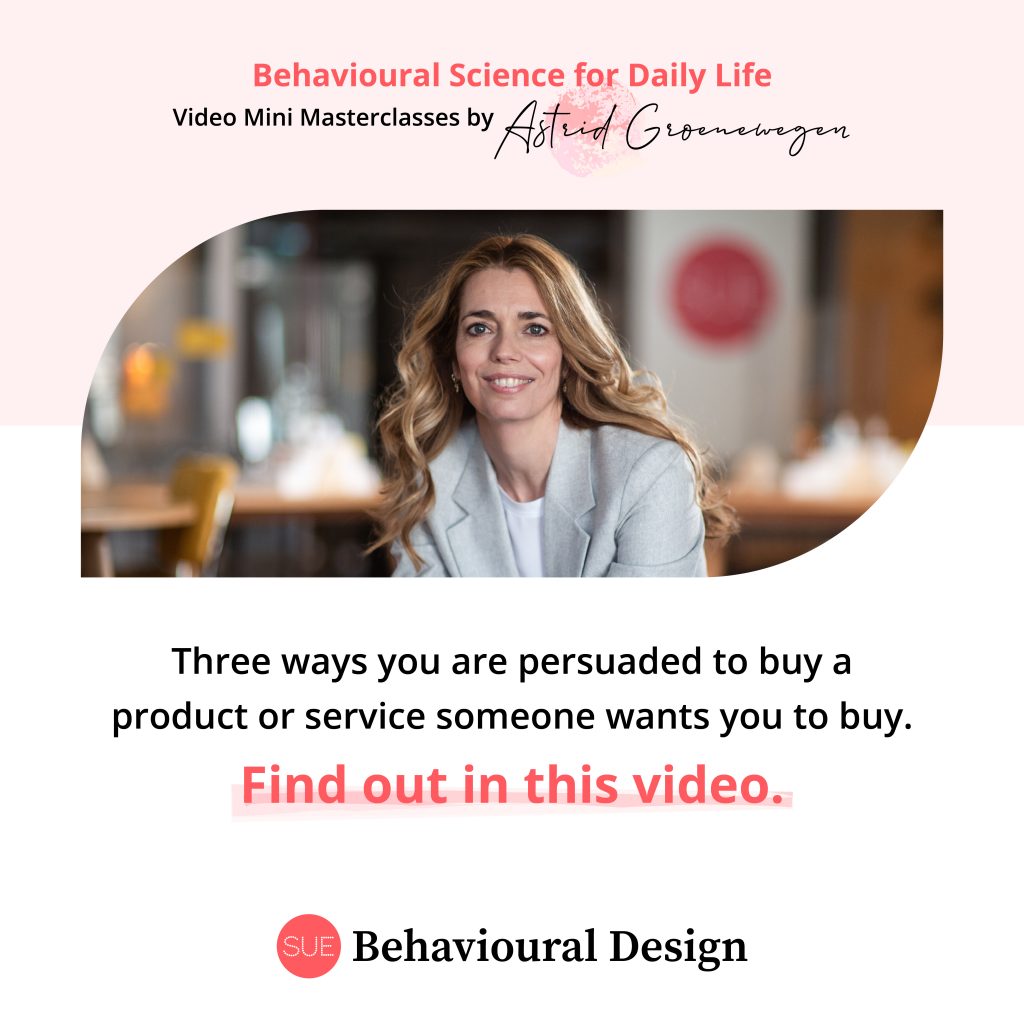
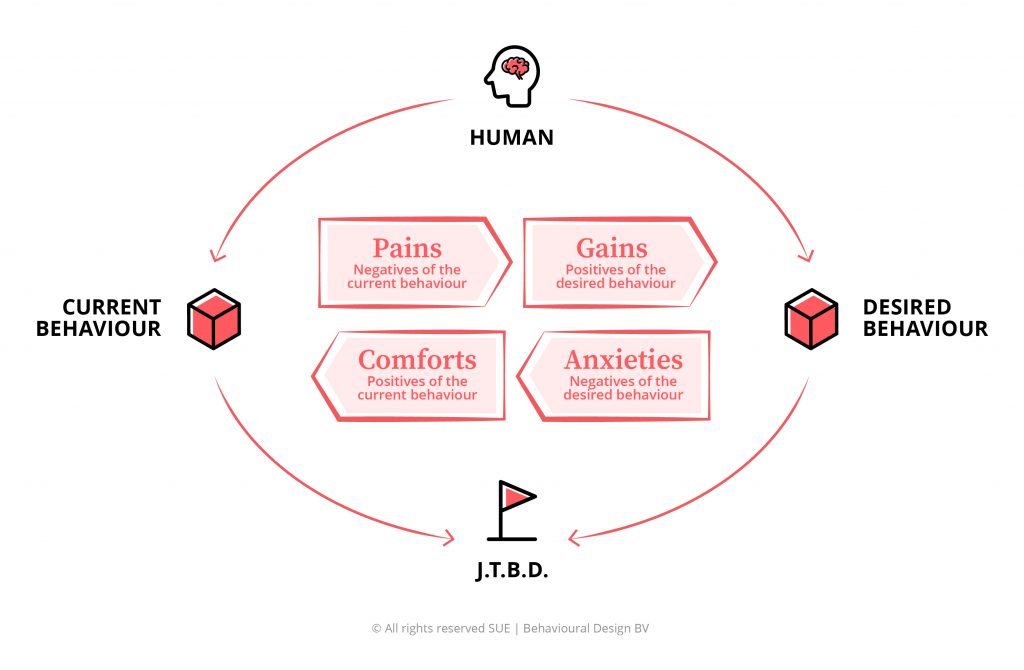
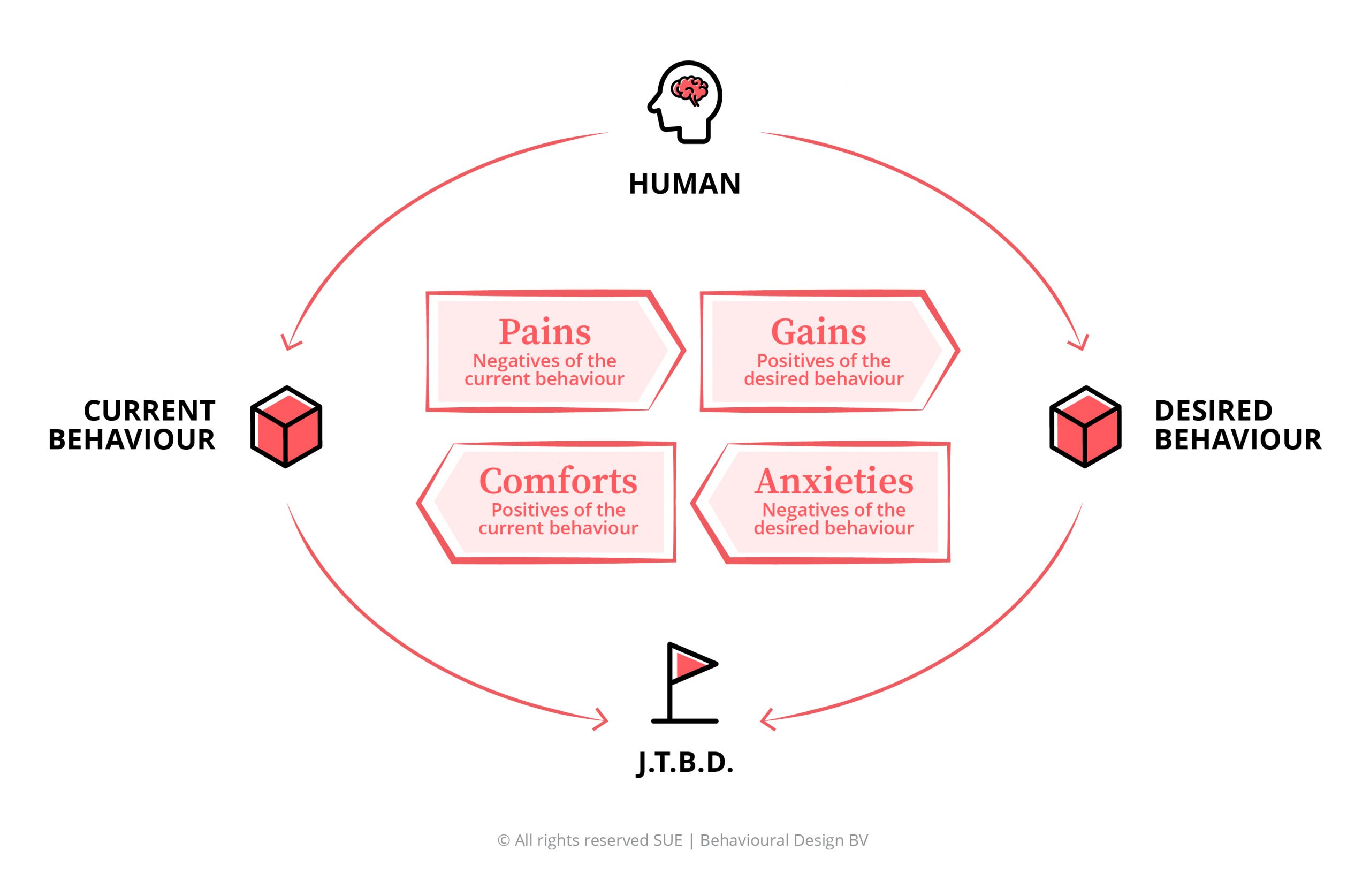 The Behavioural Insights
The Behavioural Insights
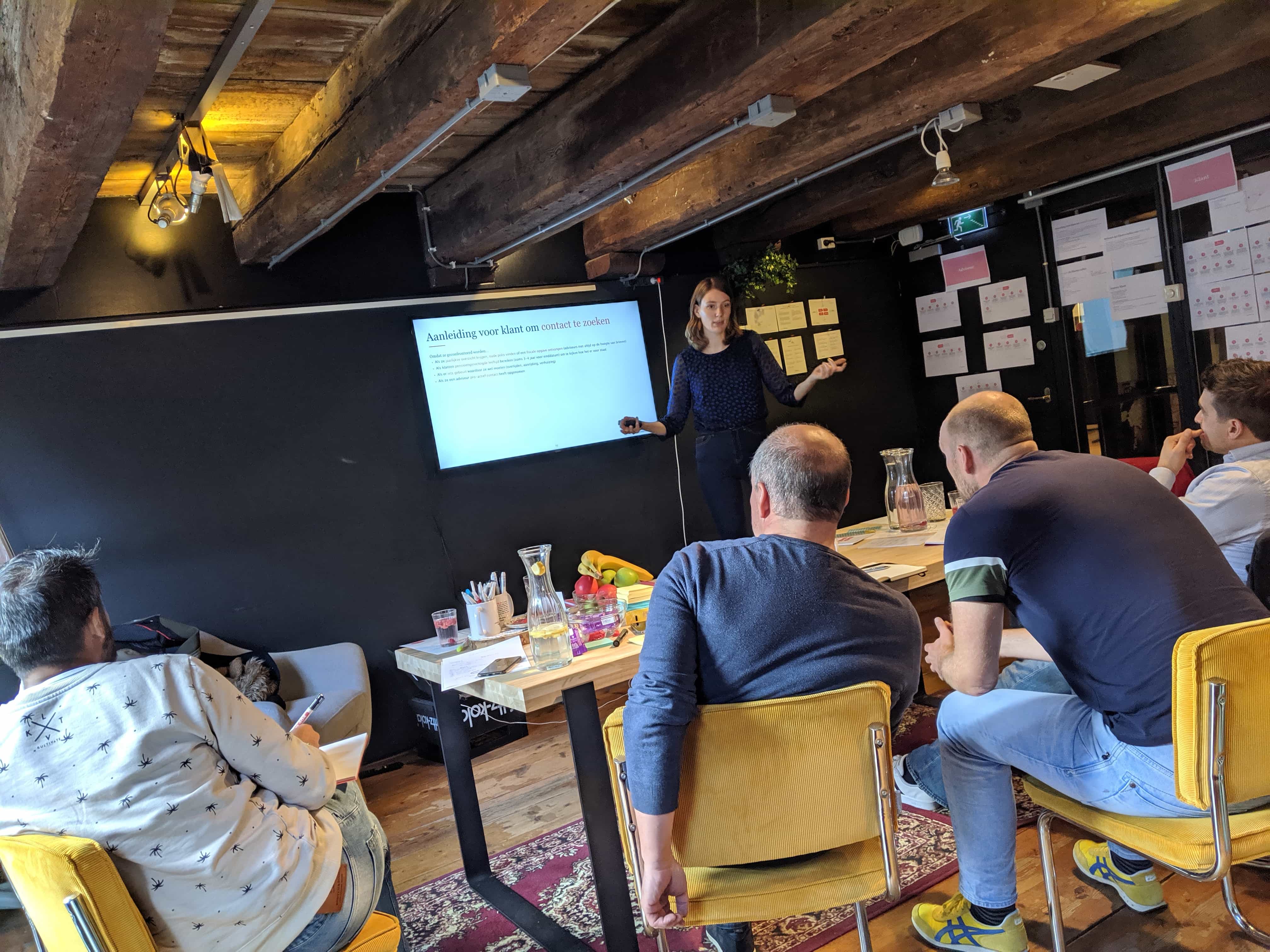
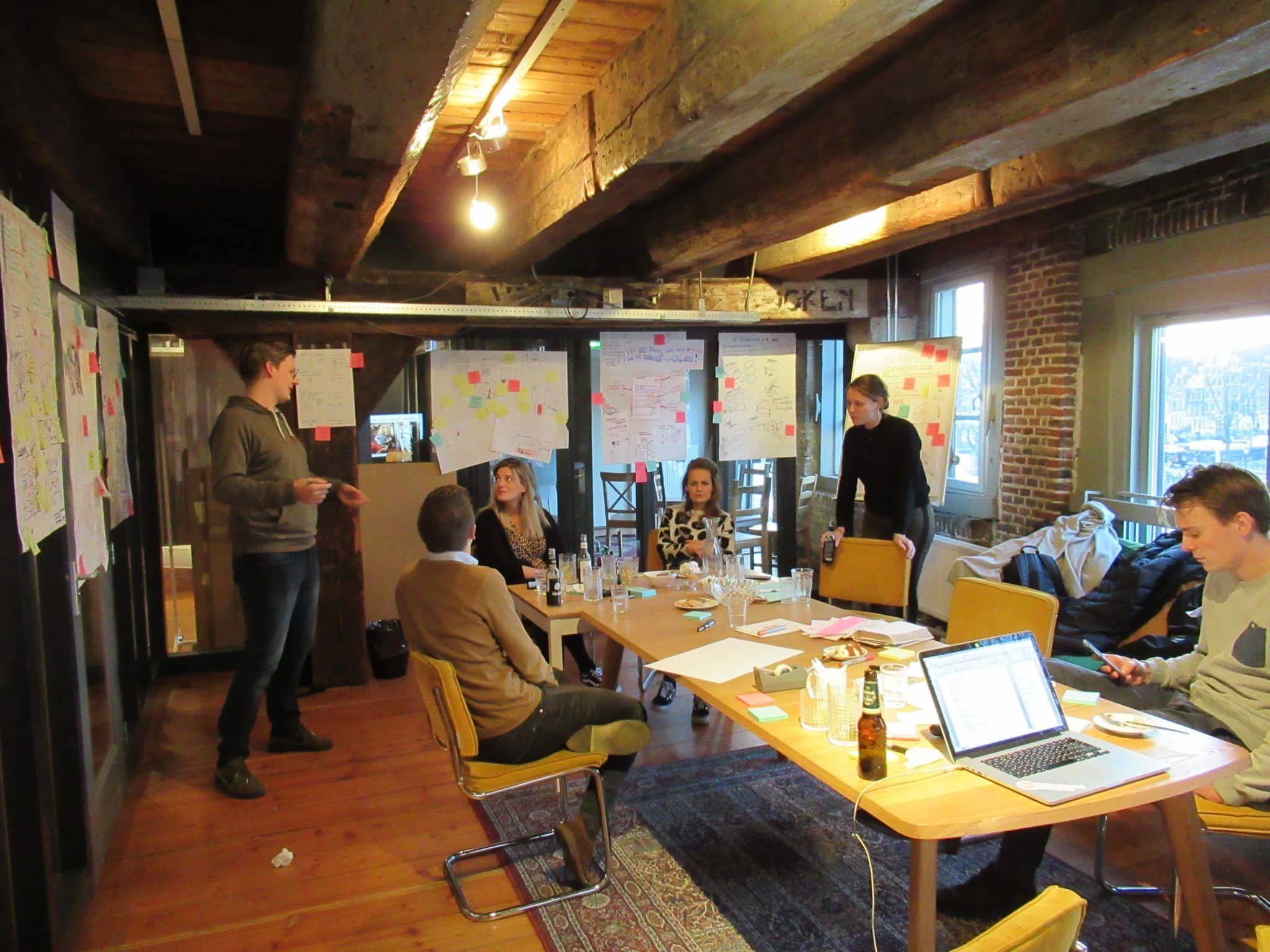
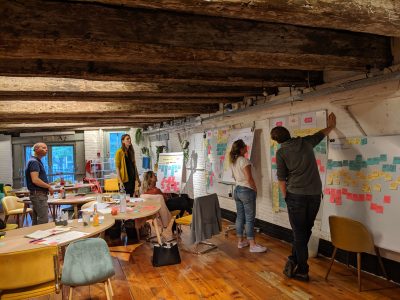




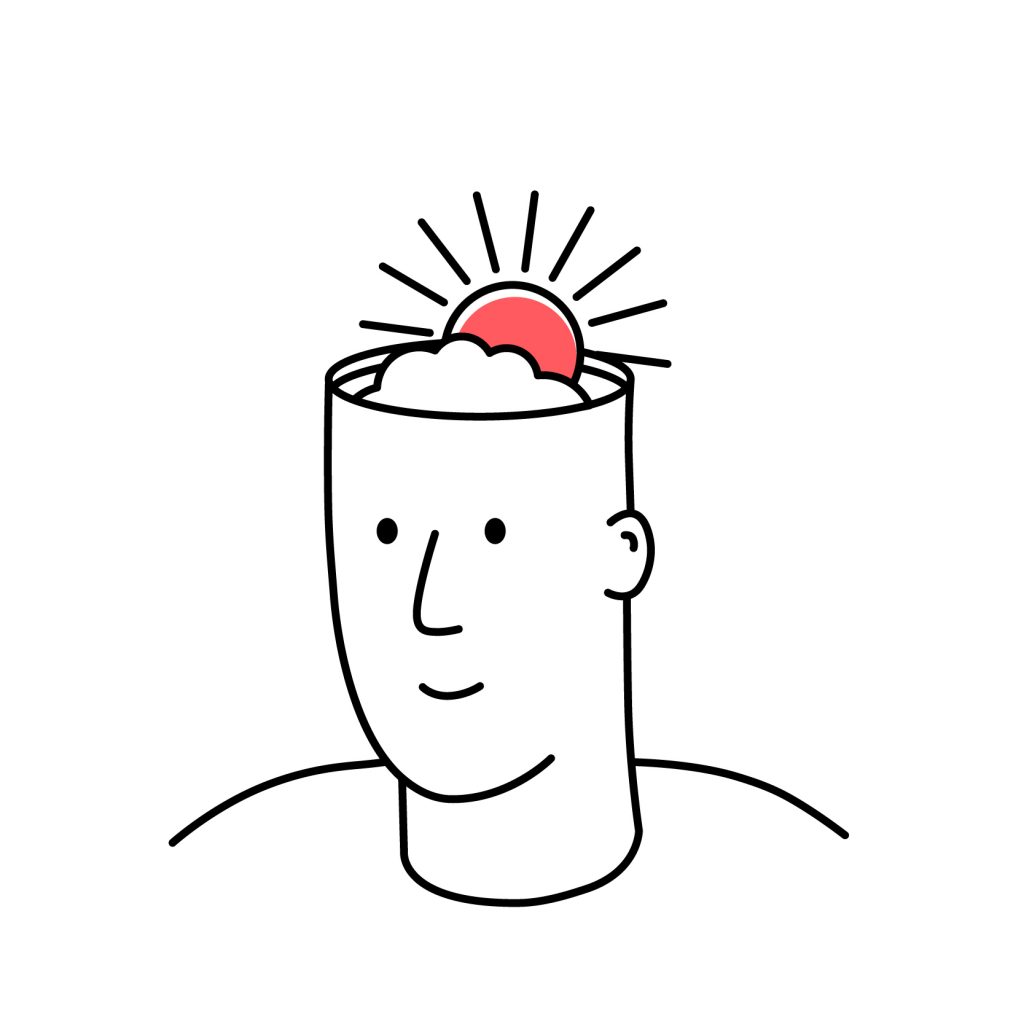
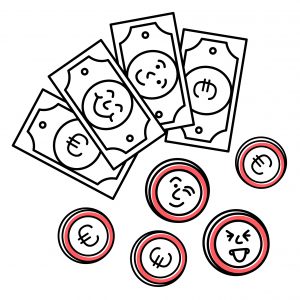
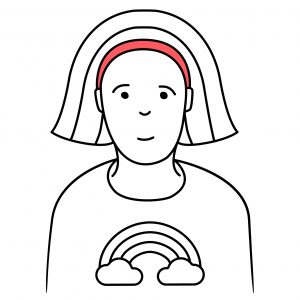 Hope is a powerful tool in elections
Hope is a powerful tool in elections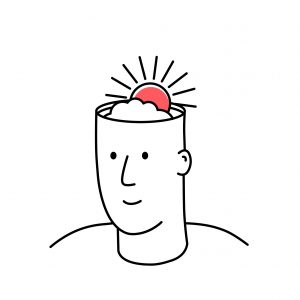 Companies are selling hope
Companies are selling hope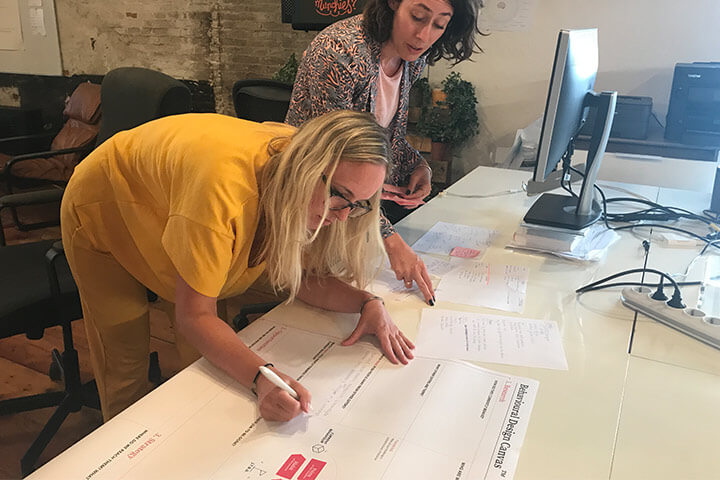

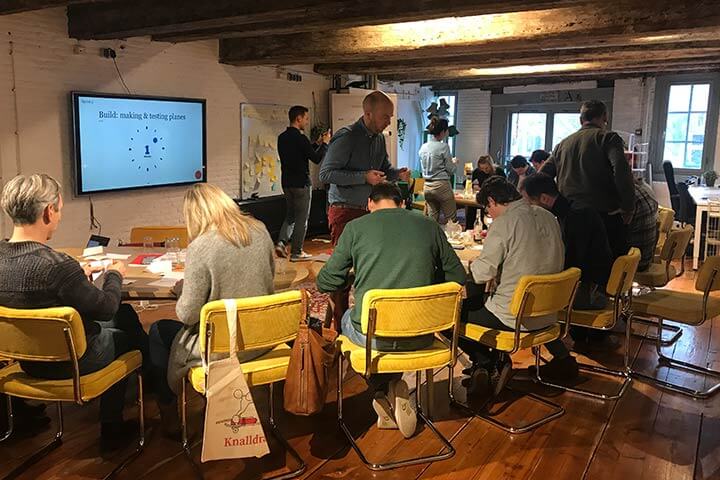
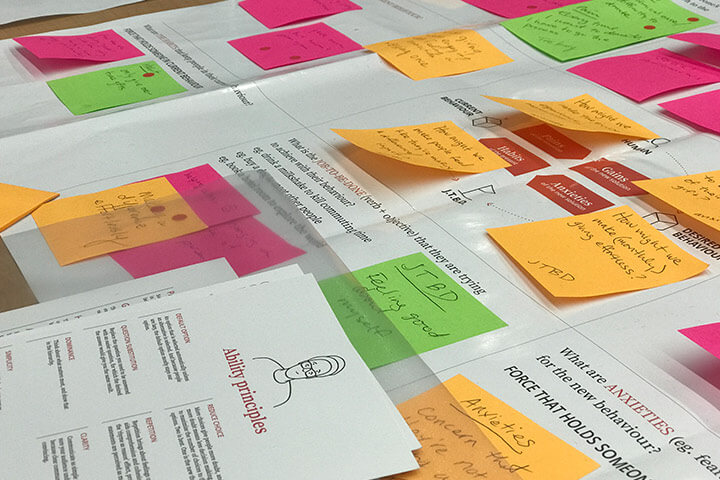

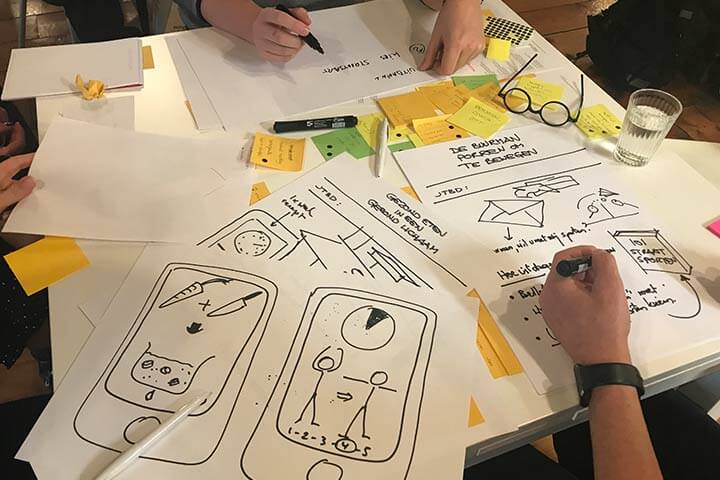
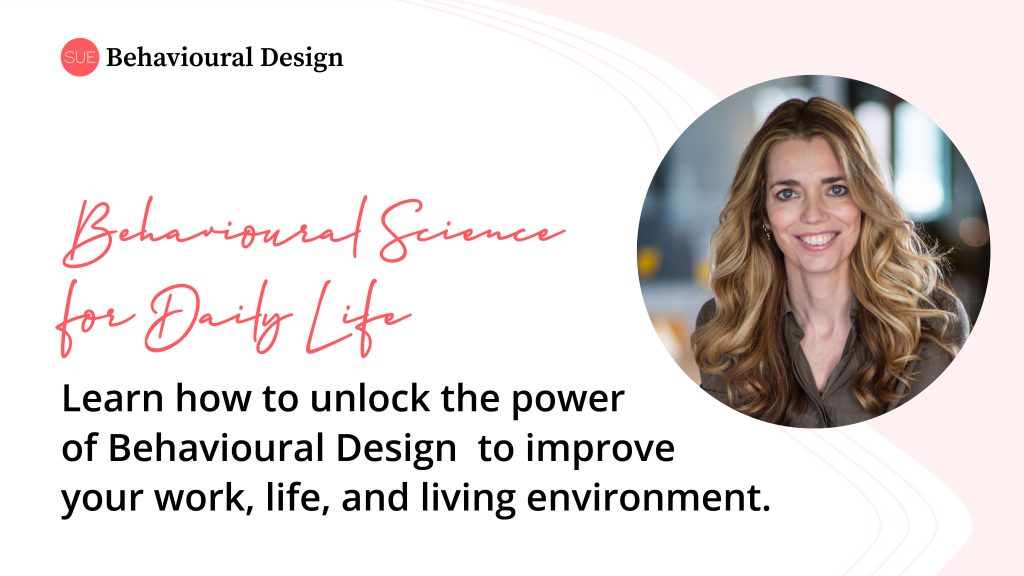
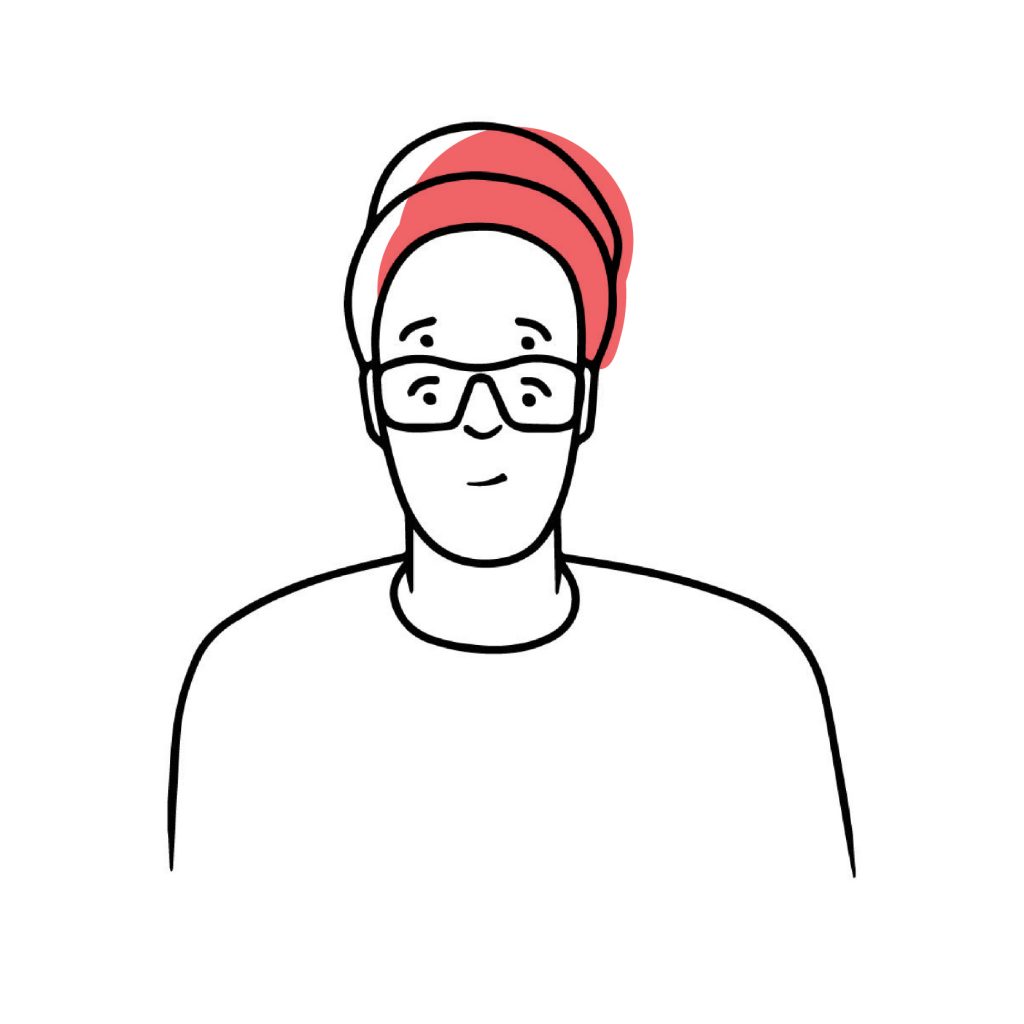
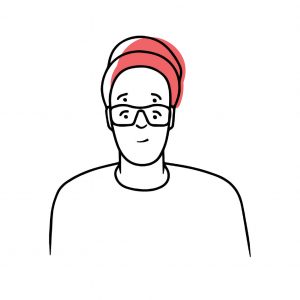 Science as a process, behaviour as an outcome
Science as a process, behaviour as an outcome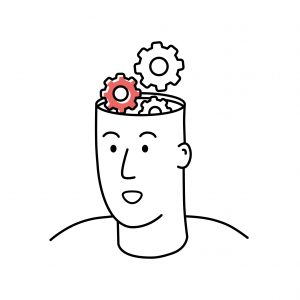
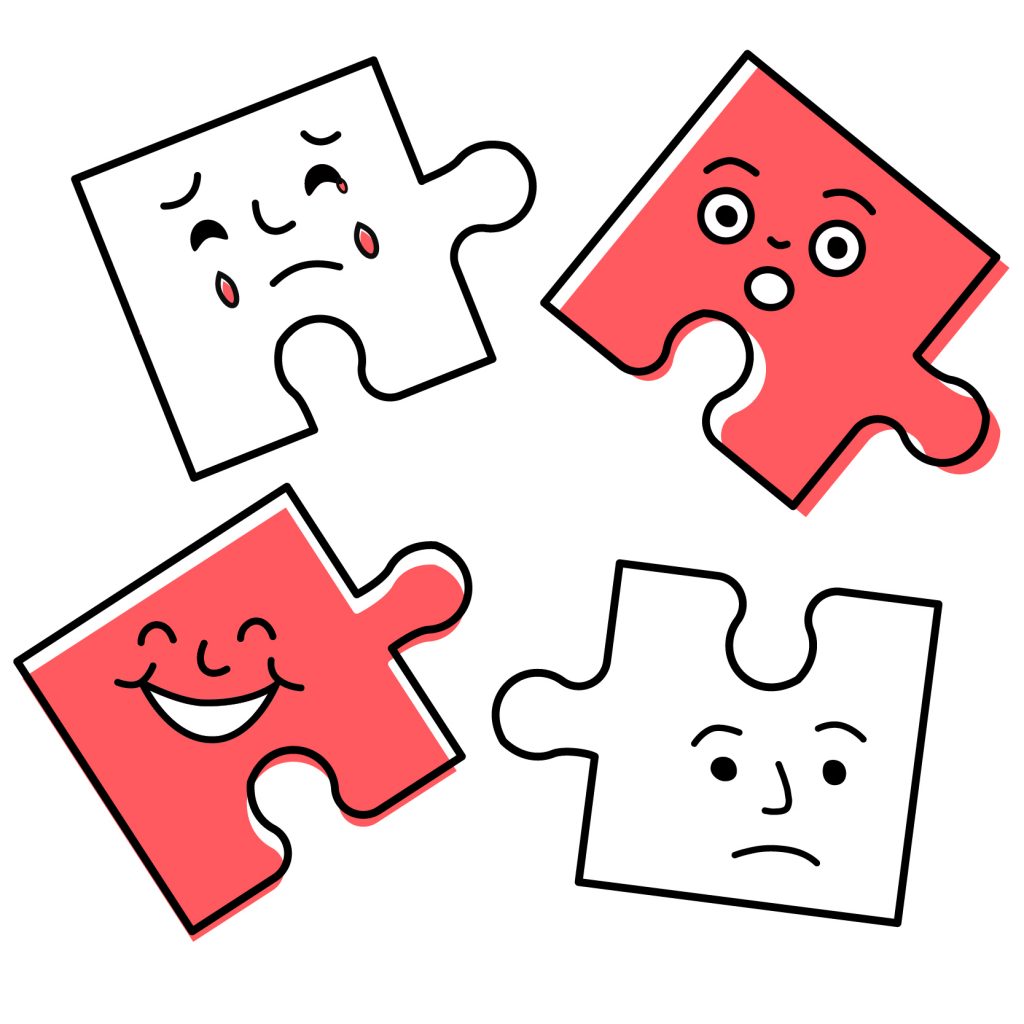
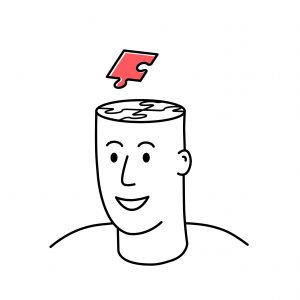
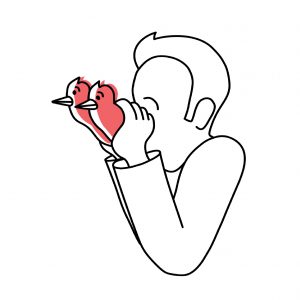 Challenge 1: Redesign Policy-Making and policy implementation.
Challenge 1: Redesign Policy-Making and policy implementation.
